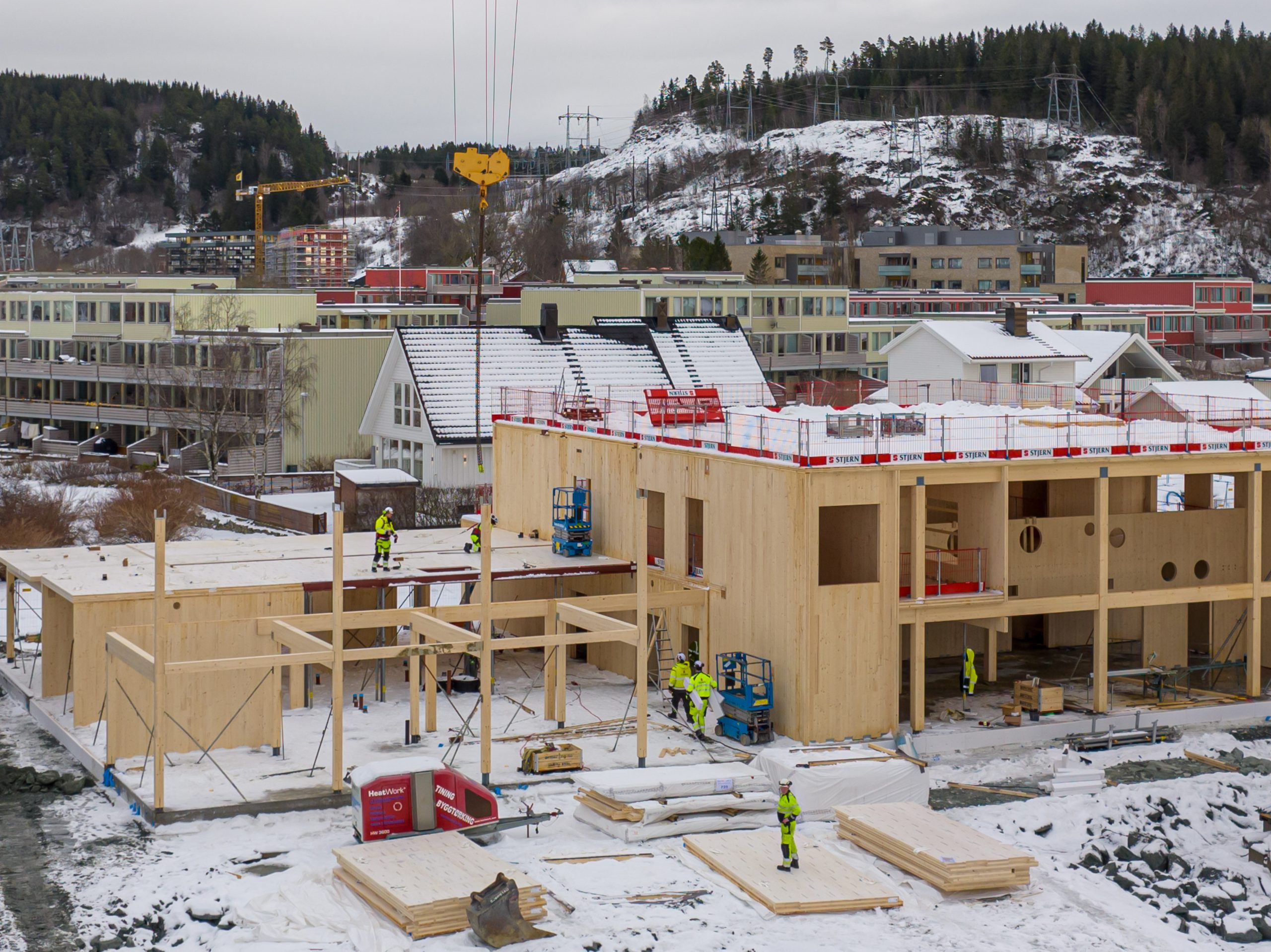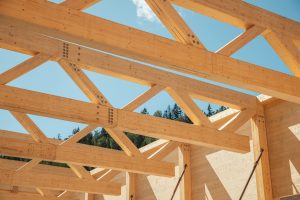
Mass Timber 101
Mass timber is a promising material that offers a sustainable and visually appealing alternative to traditional building materials. It can be used in a variety of construction applications, from residential buildings to commercial structures to industrial facilities. It’s particularly well-suited to projects that prioritize sustainability, biophilic design, or a combination of both.
MASS TIMBER BENEFITS
Timber is durable, suitable for construction, retains heat, is also excellent for sound insulation, biodegradable, but useful even when it is not used for construction.
Because of all these features, wood has been in use since time immemorial, and then concrete scame in the picture. However, in addition to many good qualities, concrete also brings with it bad ones, primarily pollution. It is precisely because of this that wood has been enabled to “come into fashion” again. During the last ten years, a new green movement in construction has appeared throughout Europe, America, and Asia. It represents the material of the future, and some have even called it “the concrete of the future.”
One of the benefits of using mass timber is its environmental sustainability. Wood is a renewable resource, and when sourced from responsibly managed forests, it can be harvested and regrown with minimal impact on the environment. Additionally, the production process requires significantly less energy than that of traditional building materials, such as steel and concrete.
From a structural perspective, mass timber can be designed to meet the same load-bearing requirements as steel and concrete. Its strength-to-weight ratio is similar to steel, and its high stiffness makes it ideal for minimizing deflections in tall buildings. In fact, recent advances in mass timber technology have enabled the construction of tall buildings, such as the 18-story Brock Commons Tallwood House in Vancouver, Canada.

In addition to its structural properties, mass timber also provides a warm and inviting aesthetic, with exposed wood and natural textures. This has made it popular in building projects that prioritize biophilic design, which seeks to incorporate natural elements into the built environment to improve human well-being.
Despite its many advantages, it’s important to note that mass timber is not a one-size-fits-all solution. When using it in construction it’s important to consult with structural engineers and architects experienced in designing with mass timber before incorporating it into a project.
Overall, mass timber is a promising material that offers a sustainable and visually appealing alternative to traditional building material.
Share


